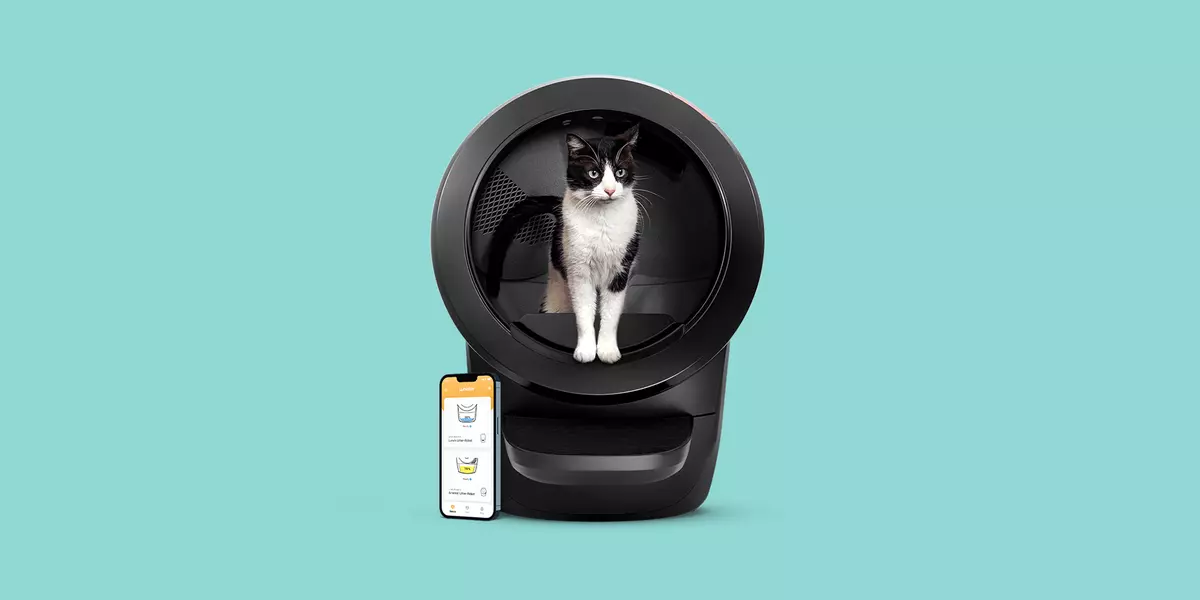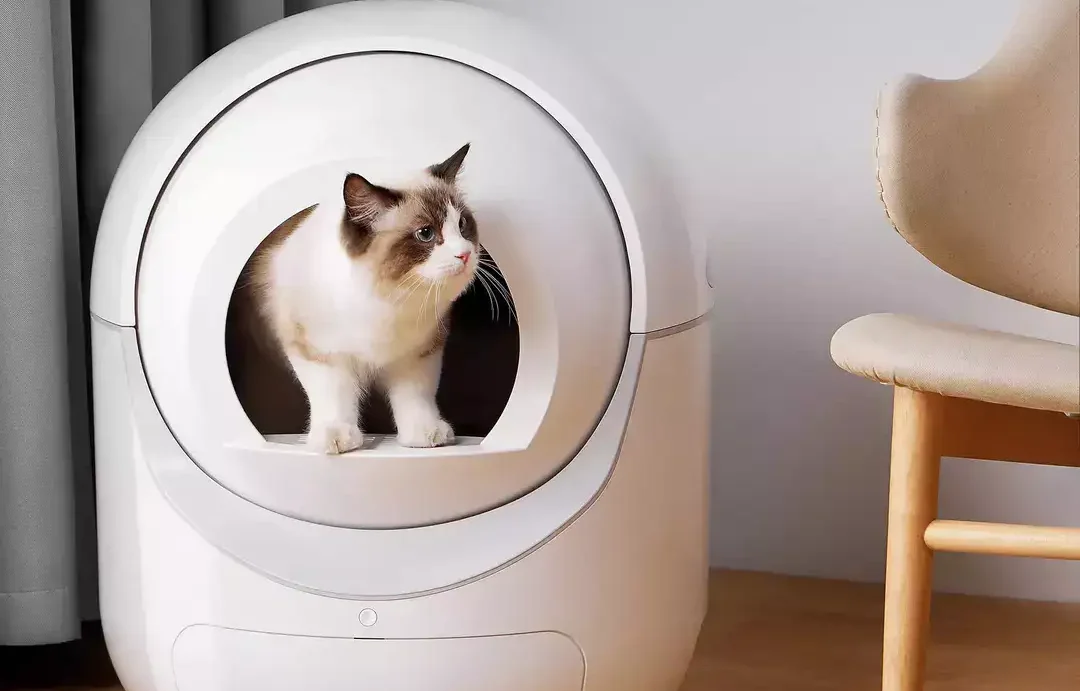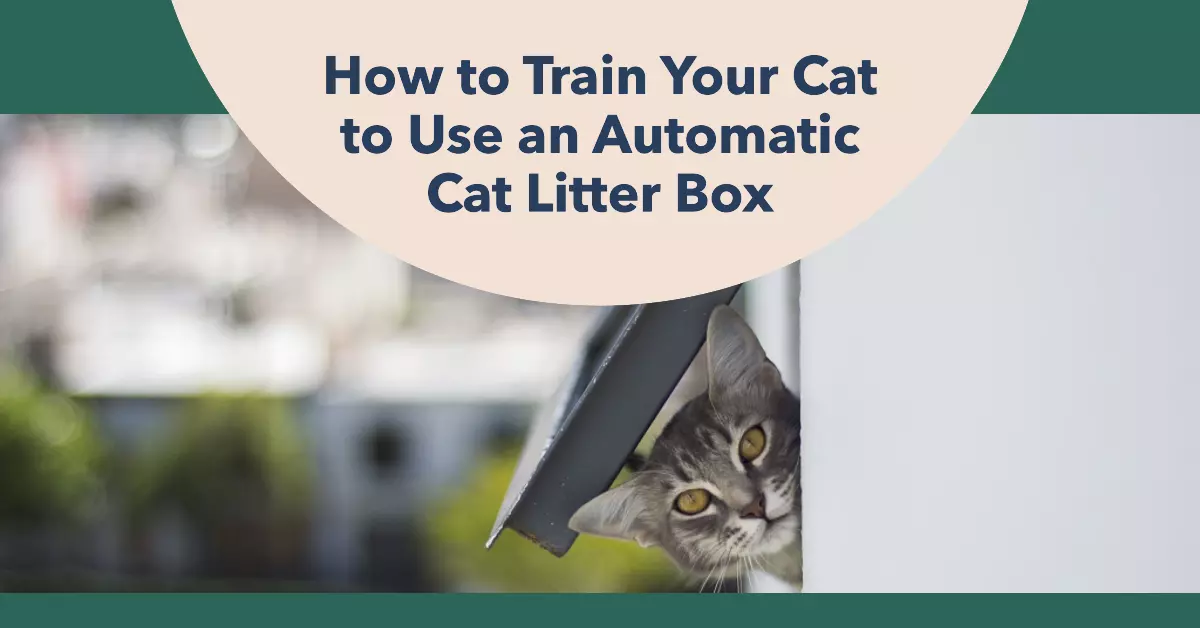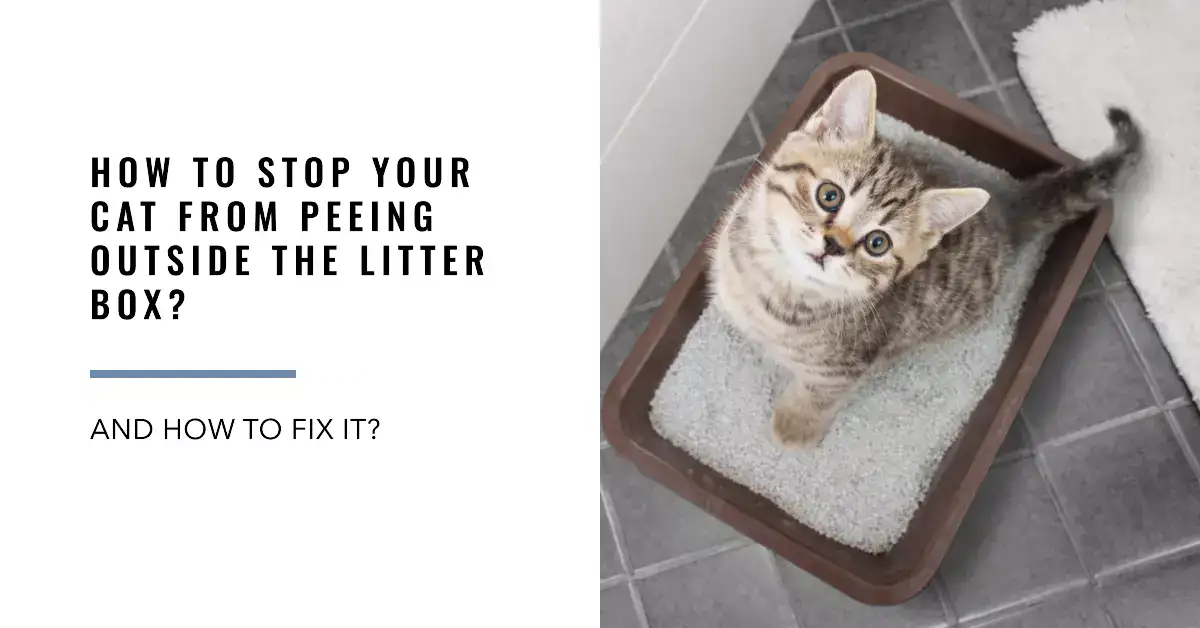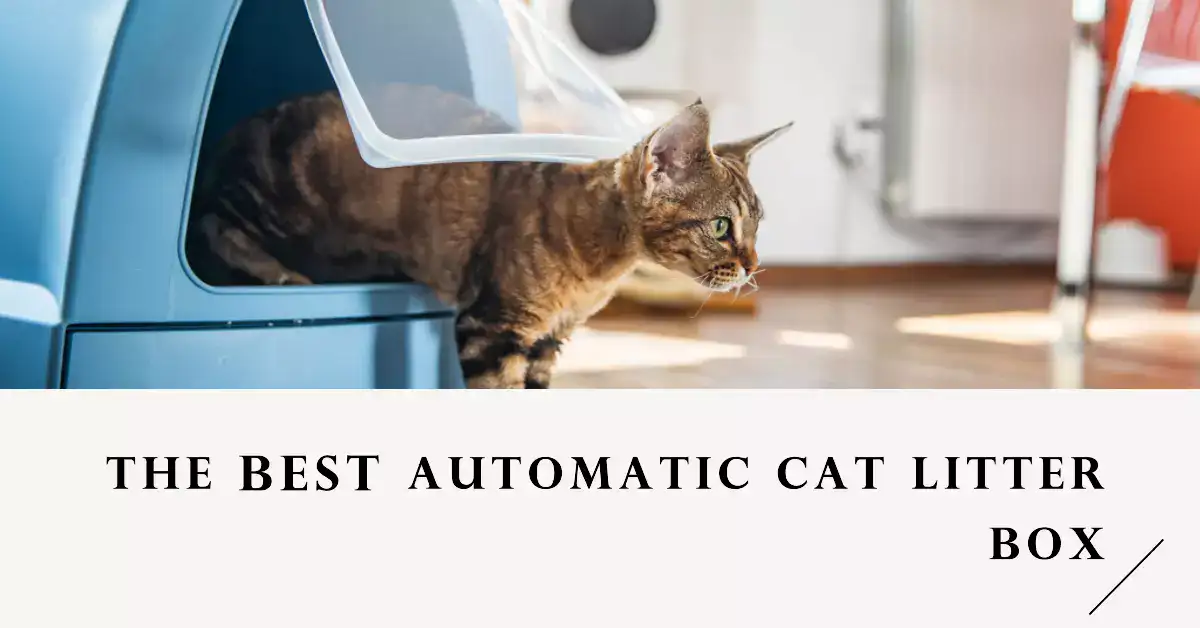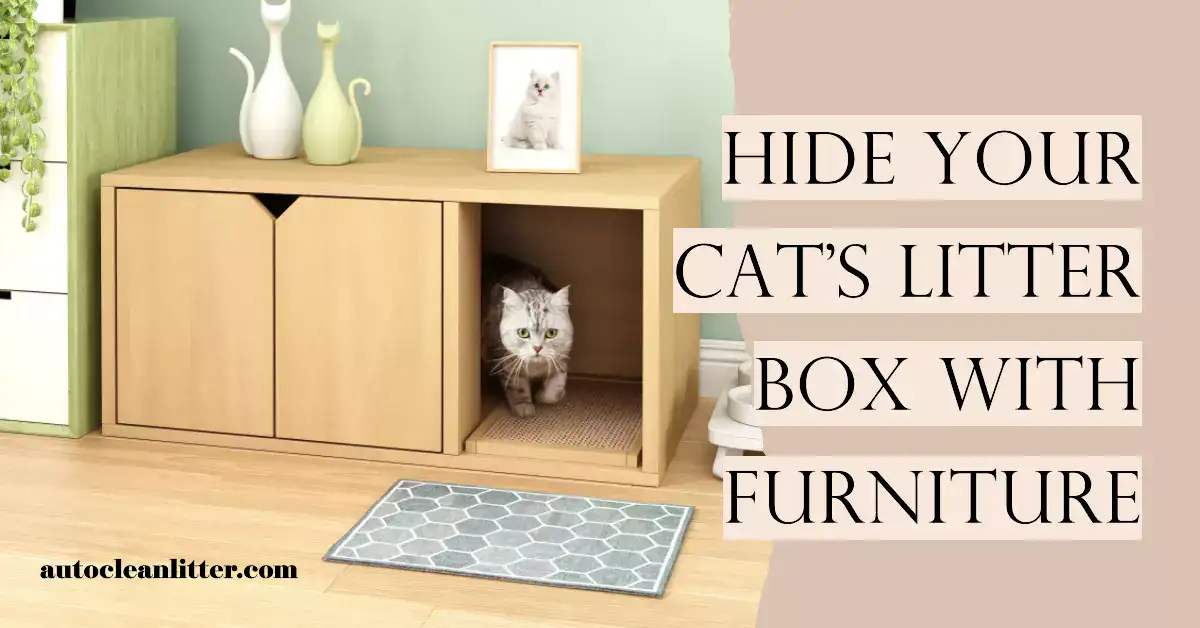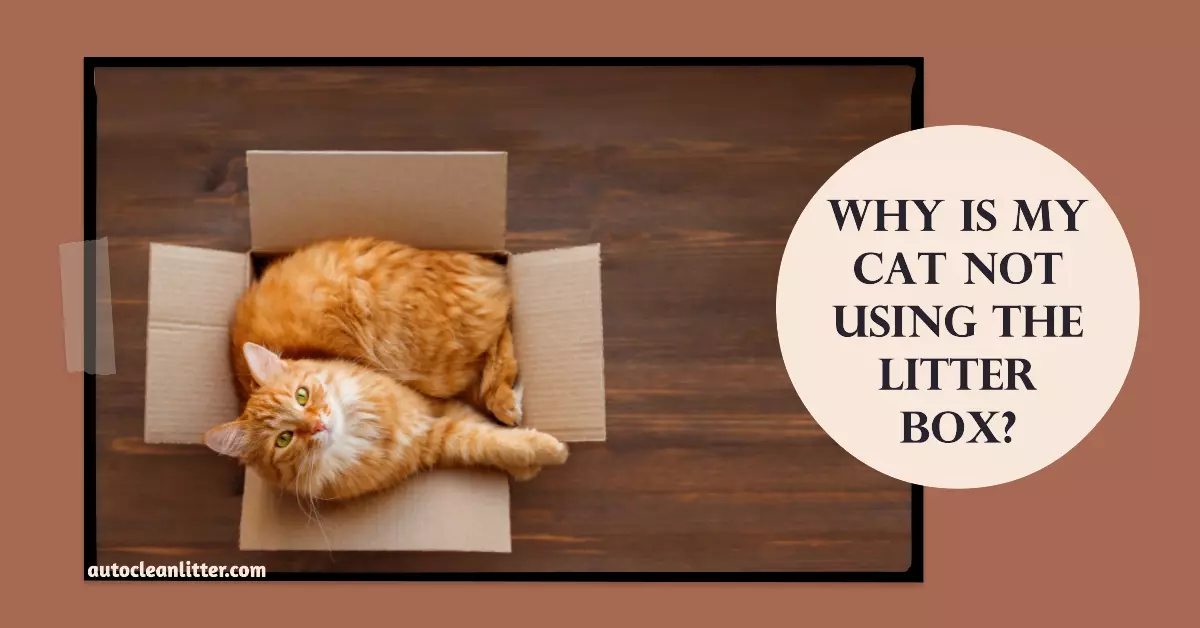Feline leukemia is a term that can send shivers down the spine of any cat owner. Understanding this potentially fatal condition is essential for the well-being of our feline friends. With proper education and awareness, cat owners can take steps to manage and prevent the spread of this virus, ensuring a happier and healthier life for their pets.
Understanding Feline Leukemia

Feline leukemia virus (FeLV) is not just a concern because it spreads easily among cats, but also because of its potential to cause severe health issues. The virus impairs the immune system, leading to a terrifying array of possible secondary infections, anemia, and cancer in affected cats. It is critical to understand the virus and its progression to protect your beloved pet from its devastating impact.
FeLV, a retrovirus, behaves by inserting its genetic material into the cells of infected cats, much like the feline immunodeficiency virus (FIV). However, unlike FIV, the feline leukemia virus is more circular in shape. Due to its retroviral nature, FeLV remains persistent and challenging to eliminate once infection occurs.
What is Feline Leukemia Virus (FeLV)?
Feline leukemia virus (FeLV) is more than just a viral infection; it’s a condition that can severely impact a cat’s health. This retrovirus gets its name from its leading role in causing leukemia, a form of cancer that targets the blood cells. FeLV is responsible for the proliferation of abnormal white blood cells, which compromises the cat’s immune defenses over time.
The virus is highly contagious and spreads from cat to cat, primarily through saliva, nasal secretions, urine, feces, and milk. Cats are at significant risk when they engage in activities like mutual grooming or share feeding bowls. While the virus does not survive long in the environment outside a cat’s body, the spread among cats living in close quarters can be rapid and devastating. More details about how to maintain your pet’s health can be found in this guide on pet health.
How Does FeLV Progress Over Time?
FeLV does not produce immediate symptoms. Cats infected with FeLV can go months or even years before showing signs of illness, leading many owners to underestimate the seriousness of the infection initially. The virus progresses through stages, beginning with primary viremia, where the virus is present in the bloodstream but may not trigger symptoms. With secondary viremia, the virus establishes itself within the feline’s bone marrow, which is often irreversible and leads to chronic health issues.
As the virus progresses, cats may suffer from compromised immune systems, rendering them vulnerable to other infections and diseases such as respiratory infections or dental disease. Chronic illnesses and anemia due to bone marrow suppression are prevalent in the later stages of FeLV. The aggressive nature of FeLV necessitates early detection and consistent monitoring of your cat’s health. Regular health monitoring techniques are vital in managing FeLV.
Key Risk Factors for FeLV Progression
Certain conditions elevate a cat’s risk of contracting and suffering from FeLV. Young kittens are notably more vulnerable due to their immature immune systems. Cats with regular exposure to other felines, such as those in multi-cat households or outdoor cats that roam freely, face a greater threat of transmission. Adult cats, by contrast, have a natural resistance that develops with age, though they are not completely invulnerable.
Furthermore, cats that already have compromised health conditions are particularly at risk. Maintaining a stress-free and healthy environment for your cat is essential in mitigating these risk factors. Owners should be particularly cautious and ensure their cats receive regular veterinary checkups and preventive care, such as vaccinations when available.
Recognizing the Final Stages

As the feline leukemia virus (FeLV) progresses, recognizing the final stages becomes crucial for providing compassionate and supportive care. Understanding these stages helps in making informed decisions about treatment and quality of life for your beloved feline friend.
FeLV affects cats in several ways, leading to a wide range of symptoms. The final stages of the disease often present with a distinct set of indicators, both physically and behaviorally. Insight into these stages aids pet owners in preparing emotionally and practically for the challenges ahead.
Common Symptoms in the Final Stages
In the final stages of feline leukemia, symptoms may vary greatly but often become more pronounced. It’s essential to keep an open line of communication with your veterinarian during this time, ensuring that all the cat’s needs are met and any discomfort is managed correctly.
Physical Symptoms
Physically, cats in the final stages of FeLV will exhibit significant changes. Muscle wastage, respiratory distress, and severe anemia are common. The cat’s body begins to weaken substantially as its immune defenses are compromised. As the body struggles, appetite often wanes, leading to rapid weight loss.
Some cats may also develop jaundice due to liver compromise, while others might encounter persistent gastrointestinal problems such as vomiting and diarrhea. These symptoms generally indicate the body’s declining ability to effectively absorb nutrients or expel waste.
Behavioral Changes
Behavioral changes provide another lens through which the final stages of FeLV can be recognized. Cats may become increasingly lethargic and withdraw from social interactions. Activities like grooming, playing, or even responding to affection may decrease significantly as the disease progresses.
In some cases, the cat may exhibit increased vocalizations, indicating discomfort or confusion. Changes in litter box habits may also occur, either due to the cat’s physical inability to move comfortably or due to other complications of the disease.
Secondary Infections and Complications

Cats in the final stages of FeLV are highly susceptible to secondary infections due to severe immune suppression. These secondary infections often prove to be critical, exacerbating the existing symptoms and hastening the health decline. Regular monitoring and prompt veterinary care can manage these complications more effectively.
Common infections include respiratory infections, stomatitis, and skin infections. In some cases, aggressive tumors may form, leading to additional complications. Treatment often focuses on alleviating discomfort rather than curing these conditions, as the underlying immune suppression often remains insurmountable.
How Long Can Cats Survive in the Final Stages?

The survival time for cats in the final stages of FeLV varies greatly, depending on factors like age, overall health, and care quality. However, once extensive complications set in, the timeline generally shortens significantly. It’s vital to prioritize the cat’s comfort and quality of life during this period.
According to the American Association of Feline Practitioners, most cats succumb to the disease within two to three years following diagnosis if no effective intervention is undertaken. This timeline, however, can marginally extend with meticulous supportive care and management of secondary infections.
Ultimately, recognizing the final stages of FeLV is about ensuring that your cat’s remaining time is as comfortable and joyous as possible. You can refer to articles on related topics such as understanding sudden illnesses in healthy senior cats and treating cat bugs for additional health care strategies. Understanding and acceptance are crucial components of navigating these challenging times with grace and love.
Providing Comfort and Care

Caring for a cat diagnosed with Feline Leukemia Virus (FeLV) requires a compassionate and comprehensive approach. By focusing on comfort and care, cat owners can significantly enhance the quality of life for their beloved feline companions during these challenging times.
Creating a Comfortable Environment
Creating a nurturing and tranquil environment is critical for cats battling FeLV. Ensure that their living space is clean, quiet, and free from stressors. A peaceful environment helps to alleviate anxiety and supports better health outcomes. Consider installing outdoor cat enclosures to give FeLV-positive cats the opportunity to enjoy the outdoors safely.
Pain Management and Palliative Care
One of the essential aspects of caring for a cat with FeLV is effective pain management. Regular consultations with a veterinarian allow for personalized palliative care strategies tailored to your cat’s specific needs. This can involve a combination of medications, therapies, and even holistic approaches to ensure that the cat remains comfortable and pain-free as much as possible.
Adjusting Diet and Hydration Needs
Cats with FeLV often have special dietary requirements. A nutritious diet supports immune function and can mitigate secondary infections. Consulting with a veterinarian to select high-quality food is vital. Brands like Wysong Epigen 90 could be a significant consideration as they offer advanced nutrition tailored to cats’ needs. Additionally, ensuring the cat remains well-hydrated supports overall health, reducing fatigue and illness symptoms.
Emotional Support for Cats and Owners

The emotional well-being of both the cat and the owner is paramount. Cats are intuitive and can sense their caregiver’s emotions, so maintaining a positive and supportive atmosphere is essential. Providing opportunities for play and using informal emotional expressions such as kneading can be therapeutic.
When to Consider Euthanasia: A Difficult Decision
Deciding on euthanasia is one of the most challenging choices an owner may face. It requires balancing the cat’s quality of life with the potential for suffering. Understanding when euthanasia might be the kindest option is crucial for humane and compassionate care.
Signs That Euthanasia May Be the Kindest Option
Recognizing signs that euthanasia might be the more compassionate choice includes observing persistent suffering or a significant decline in quality of life. Chronic pain that cannot be managed effectively, severe weight loss, and recurring infections are indicators. It is crucial to have open discussions with your veterinarian to evaluate these signs properly.
Preparing for the Process
Preparation involves creating a peaceful setting and having trusted people around. This might include scheduling the procedure at home where the cat is most comfortable. Owners might consider commemorating their pet’s life, as explored in our guide to cherishing feline memories, offering solace during this painful time.
Conclusion
Providing comfort and care for a cat with FeLV is a profound commitment that extends beyond addressing physical needs. It involves creating an environment of love and serenity where both the cat and the owner can navigate the challenges of this disease together with dignity and empathy. Remember, each step taken towards enhancing their quality of life is a testament to the strong bond and profound love shared.














